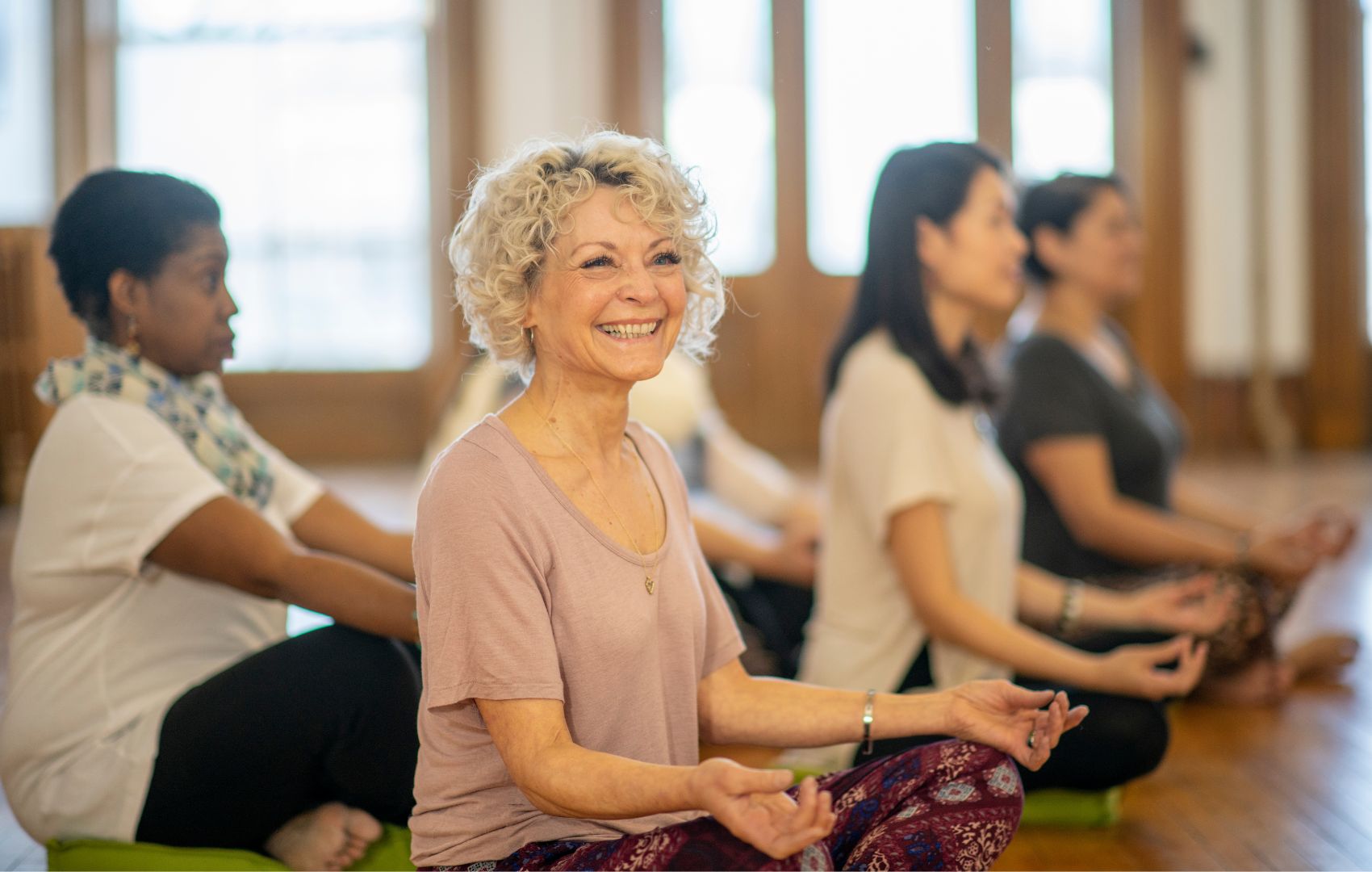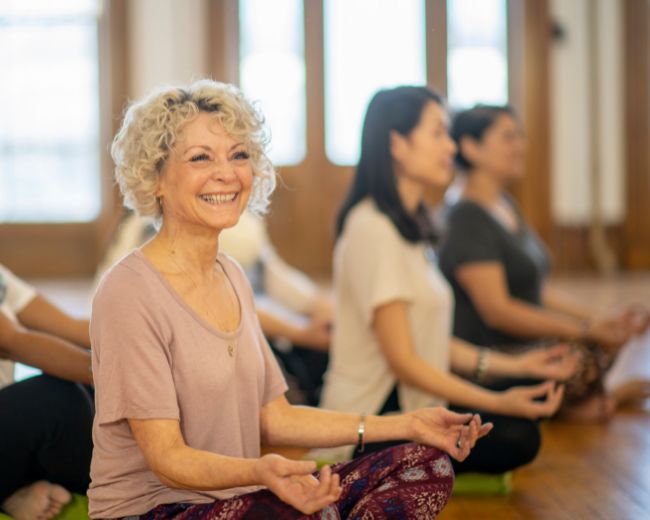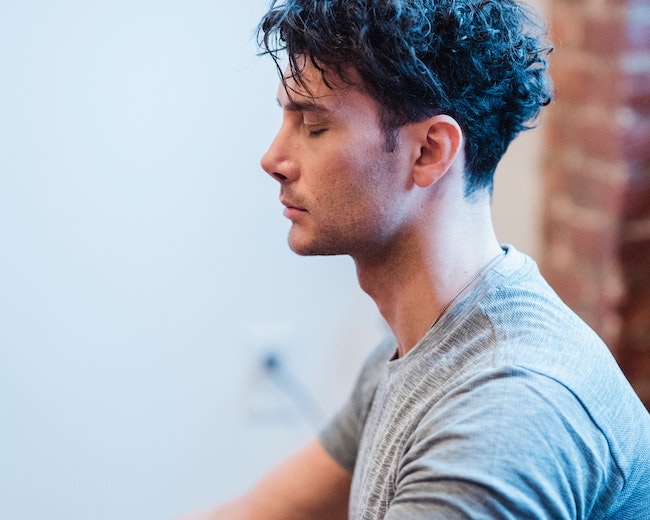It’s been a while (ahem, a long while!) since I shared anything here. I recently completed Lauren Tober’s (highly recommended) Mental Health Aware Yoga course, and wrote this article as one of my final assessments.
As Yoga Teachers, part of our job is to create a safe environment for our students; not only physically, but also emotionally.

A safe space is one in which our students feel at ease, welcome, and secure in the knowledge that their choices will be respected. This sense of safety and comfort benefits all our students but is particularly important for anyone experiencing anxiety, suffering from trauma, or just feeling particularly fragile.
The language we choose has a huge impact on how our students feel in our presence, it may even have a bigger impact than the postures we teach.
Below you will find some tips to refine your language to build a sense of ease and inclusion.
Set Clear Expectations
Our role in creating this environment begins before students even arrive for class.
Trying something new can provoke anxiety, and one way to help ease nerves is to provide as much information as possible on what to expect.
Advise students how long the class will go for, whom it’s suitable for, what to wear, how to find it, and what time to arrive.
When new students arrive at the studio, let them know where they can leave their belongings, where the bathrooms are, what props they will need and how they can set up if they’re early, and give them the opportunity to ask questions.
Uncertainty is linked with anxiety (Anxiety Canada), and removing some of the uncertainty around the new environment and how to behave can help to put new students at ease.
Encourage Interoception
Provide students the space to check in with and listen to their bodies regularly.
Instead of telling students what they should be feeling (for example, ‘you’ll feel a delicious stretch through the back of your legs’, or ‘your mind will feel calm and quiet in this posture’), simply invite them to become aware of what they’re feeling. This could include cues such as ‘turn your attention inward, and notice the sensations within your body’.
Once they are present and aware, your students will likely be better placed to make choices, and to make choices based on how they feel and what will best serve them, rather than what they’re physically capable of.
Invitational Language
Cues beginning with phrases such as ‘you might like to…‘ or ‘if it feels good, you can…‘ offer an invitation rather than issuing a command, and give your students permission to make choices.
Empowering your students to make their own choices and demonstrating respect for their choices can help make them feel comfortable and build their confidence on the mat and off. (Read more on invitational language).
Remember that All Options are Equal
When offering multiple options, choose language that avoids hierarchy and perhaps even highlights the benefits of each option.
For example, if giving students the option to rest in Balasana (Child’s Pose), hold Adho Mukha Svanasana (Downward Facing Dog), or move through a vinyasa, instead of staying ‘if you can, take a vinyasa, if you need to, rest in Child’s pose,’ you could first invite them to check in with how they’re feeling.
Then let them know they could choose to move into Balasana if they wish to nurture themselves; they could follow their breath through a vinyasa if they’d like to generate more heat; or they could remain in Adho Mukha Svanasana to find space through the back of the body. Remind them that all options are equally beneficial, they simply have different benefits.
Avoiding hierarchy also means avoiding phrases such as ‘the full expression of the pose‘ (which indicates that anything else is lesser) and avoiding referring to ‘beginner‘ and ‘advanced‘ or ‘easy‘ and ‘hard‘ options.
You might also choose to refer to ‘variations’ rather than ‘modifications.’
Focus on ‘You’ not ‘I’
‘I’ language such as ‘I’d like you to…‘ can encourage students to act out of a desire to please the teacher, rather than listen to their own intuition.
It also assumes that students are there for the teacher and that the teacher is the most important person in the room.
Starting sentences with ‘you‘ (for example ‘you might like to…‘ rather than ‘I invite you to…‘) places the student back where they belong, at the forefront of their own practice.
Where to From Here
Next time you’re teaching, tune in to your own cues.
Which of the suggestions above are already embedded in your teaching, and which would you like to incorporate more?






Leave A Comment